Home>Articles>3 Home Ladder Safety Tips To Keep You Injury-Free This Fall
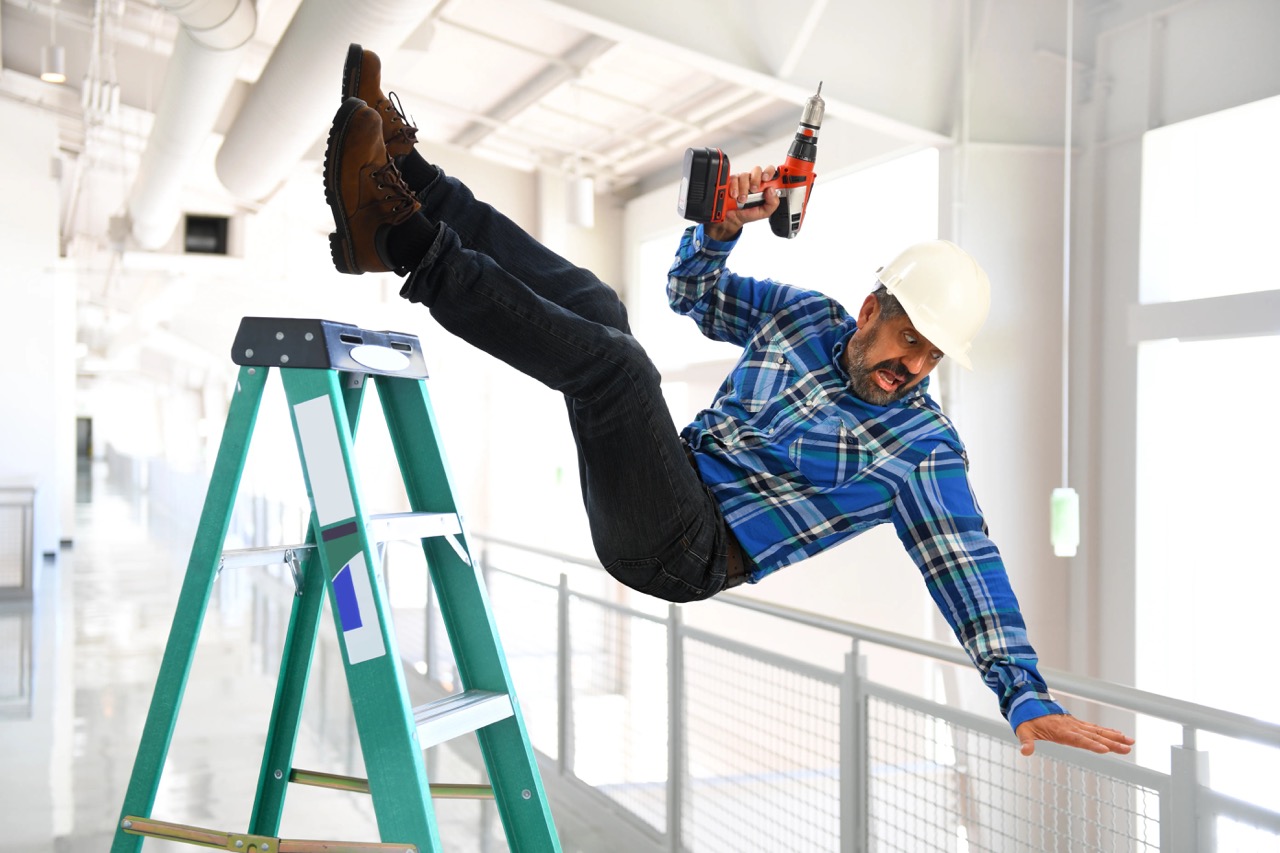

Articles
3 Home Ladder Safety Tips To Keep You Injury-Free This Fall
Modified: August 21, 2024
Discover 3 essential home ladder safety tips in this informative article. Stay injury-free this fall and avoid accidents with expert advice and precautions.
(Many of the links in this article redirect to a specific reviewed product. Your purchase of these products through affiliate links helps to generate commission for Storables.com, at no extra cost. Learn more)
Introduction
As the leaves change color and the weather starts to cool, fall is a season filled with beautiful scenery and various home maintenance tasks. From cleaning the gutters to hanging decorations, many of these tasks require the use of a ladder. While ladders are essential tools for reaching high places, they can also pose a significant risk if not used properly.
Ladder-related accidents are common and can lead to severe injuries or even fatalities. According to the National Safety Council, falls from ladders result in nearly 500,000 injuries and 300 deaths each year in the United States alone. The good news is that most ladder accidents can be prevented by following a few simple safety guidelines.
In this article, we will explore three crucial ladder safety tips that will help keep you injury-free this fall. By understanding the importance of choosing the right ladder, inspecting it before use, and practicing safe climbing techniques, you can ensure a safe and successful completion of your home maintenance tasks.
Key Takeaways:
- Choosing the right ladder, inspecting it before use, and practicing safe climbing techniques are crucial for preventing ladder-related accidents and ensuring a successful completion of home maintenance tasks.
- Prioritizing ladder safety by considering factors such as height, type, weight capacity, and material, as well as regular maintenance and safe climbing practices, can significantly reduce the risk of injuries during fall home maintenance.
Read more: What To Do If You Fall Off A Ladder
Tip 1: Choose the Right Ladder
When it comes to ladder safety, choosing the right ladder for the task at hand is crucial. Ladders come in various types, sizes, and materials, each designed for specific purposes. Using the wrong ladder can significantly increase the risk of accidents and injuries. Here are a few key factors to consider when selecting a ladder:
- Height: Determine the maximum height you need to reach. It’s important to choose a ladder that can safely support your weight at that height. Don’t attempt to extend a ladder beyond its recommended reach.
- Type: Different tasks require different types of ladders. For example, a step ladder is ideal for tasks that don’t require extensive reach, while an extension ladder is suitable for tasks that require working at higher heights.
- Weight Capacity: Check the ladder’s weight capacity to ensure it can support your weight and any tools or materials you need to carry while on the ladder. Exceeding the weight capacity can lead to instability and accidents.
- Material: Ladders are made from various materials, including aluminum, fiberglass, and wood. Each material has its own pros and cons. Aluminum ladders are lightweight and resistant to rust, while fiberglass ladders are non-conductive and ideal for working near electrical sources.
Additionally, consider the stability and durability of the ladder. Look for features such as non-slip feet, sturdy rungs, and secure locks. It’s also important to purchase a ladder from a reputable manufacturer and ensure it meets safety standards.
Choosing the right ladder might require some research and careful thought, but it is a crucial step in ensuring your safety while working at heights. By selecting a ladder that is appropriate for the task and taking into account your specific needs, you can significantly reduce the risk of accidents.
Tip 2: Inspect the Ladder Before Use
Before stepping onto a ladder, it is essential to conduct a thorough inspection to ensure its safety and stability. Over time, ladders can experience wear and tear, which may compromise their structural integrity. Here are some key points to consider when inspecting a ladder:
- Check for Visual Damage: Look for any visible signs of damage, such as cracks, dents, or bent parts. These can weaken the ladder and make it unsafe to use.
- Test the Stability: Ensure that all hinges and locks are in proper working condition. Extend the ladder fully and make sure it locks securely into place. Shake the ladder lightly to check for any wobbling or instability.
- Inspect the Rungs and Steps: Examine each rung or step for any signs of corrosion, breakage, or slippery surfaces. Damaged or worn-out rungs can lead to slips and falls.
- Check the Feet: Inspect the ladder’s feet for any signs of wear or damage. The feet should be clean, free of debris, and have non-slip surfaces to provide a stable base.
- Inspect the Labels and Safety Features: Ensure that all warning labels, load capacity information, and safety features like safety locks and grip handles are present and in good condition.
If you notice any defects or concerns during the inspection, do not use the ladder. It is essential to address the issues first by repairing or replacing the ladder before attempting to climb. Using a damaged or faulty ladder can have severe consequences and increase the risk of accidents.
Regular maintenance is also critical to keep your ladder in good condition. Clean it after each use and store it properly in a dry and secure location. Avoid exposing the ladder to extreme temperatures, moisture, or chemicals that may corrode its components.
By taking the time to inspect your ladder before each use and addressing any concerns promptly, you can ensure that you are working with a safe and reliable tool. Remember, your safety is in your hands, so never take chances with a potentially unsafe ladder.
When using a ladder, always maintain three points of contact (two feet and one hand or two hands and one foot) to ensure stability and reduce the risk of falling.
Tip 3: Practice Safe Climbing Techniques
While having a sturdy and well-maintained ladder is crucial, it is equally important to follow safe climbing techniques to minimize the risk of accidents. Here are some essential guidelines to keep in mind when ascending and descending a ladder:
- Positioning: Place the ladder on a stable and level surface. If working outdoors, avoid setting up the ladder on uneven or slippery ground. Use ladder levelers or stabilizers if necessary to ensure stability.
- Three Points of Contact: Always maintain a secure grip on the ladder with both hands. Keep either both feet and one hand or both hands and one foot on the ladder at all times to provide stability and balance.
- Face the Ladder: Always face the ladder when ascending or descending. Avoid twisting or reaching out too far, as this can lead to loss of balance and falls.
- Avoid Overreaching: Stretching too far or leaning out to one side can throw off the ladder’s balance and cause it to tip over. Keep your body centered between the side rails at all times.
- Use Tools and Materials Safely: If you need to carry tools or materials while on the ladder, use a tool belt or a bucket tied with a rope to hoist them up. Avoid carrying heavy or bulky items that can affect your stability.
- Take Your Time: Climbing a ladder should never be rushed. Maintain a slow and steady pace, focusing on each step and ensuring your footing is secure before moving up or down.
- Weather Considerations: Be mindful of weather conditions that can affect ladder safety. Avoid using a ladder during high winds, rain, or snow, as these factors can make the ladder unstable and increase the risk of accidents.
It is also essential to stay alert and avoid distractions while on the ladder. Keep your focus on the task at hand and avoid using electronic devices or engaging in activities that can divert your attention.
Lastly, always have a spotter or someone nearby who can assist you and call for help in case of an emergency. It is better to have an extra set of eyes and hands to ensure your safety.
By following these safe climbing techniques, you can significantly reduce the risk of ladder-related accidents and complete your tasks with confidence and peace of mind.
Conclusion
As the fall season brings about a flurry of home maintenance tasks, it is crucial to prioritize ladder safety. By choosing the right ladder for the task, inspecting it before use, and practicing safe climbing techniques, you can significantly reduce the risk of accidents and injuries.
Choosing the appropriate ladder involves considering factors such as height, type, weight capacity, and material. Taking the time to select the right ladder ensures stability and optimal safety during your tasks.
Inspecting the ladder before each use is essential to identify any visible damage, test stability, and ensure the integrity of the rungs, steps, and feet. Regular maintenance and proper storage are also vital for keeping your ladder in good condition over time.
Practicing safe climbing techniques involves positioning the ladder correctly, maintaining three points of contact, facing the ladder, avoiding overreaching, and using tools and materials safely. Taking your time, being mindful of weather conditions, and staying focused are also crucial for ladder safety.
Remember, ladder accidents can be prevented with precautionary measures and careful attention to safety guidelines. By incorporating these tips into your routine, you can create a safer environment for yourself and those around you.
This fall season, let ladder safety be a top priority as you tackle your home maintenance tasks. By understanding the importance of choosing the right ladder, inspecting it before use, and practicing safe climbing techniques, you can enjoy injury-free and successful completion of your projects.
Stay safe, stay cautious, and keep ladder safety at the forefront of your mind whenever you need to climb. Your well-being and the well-being of your loved ones are worth the effort.
Frequently Asked Questions about 3 Home Ladder Safety Tips To Keep You Injury-Free This Fall
Was this page helpful?
At Storables.com, we guarantee accurate and reliable information. Our content, validated by Expert Board Contributors, is crafted following stringent Editorial Policies. We're committed to providing you with well-researched, expert-backed insights for all your informational needs.
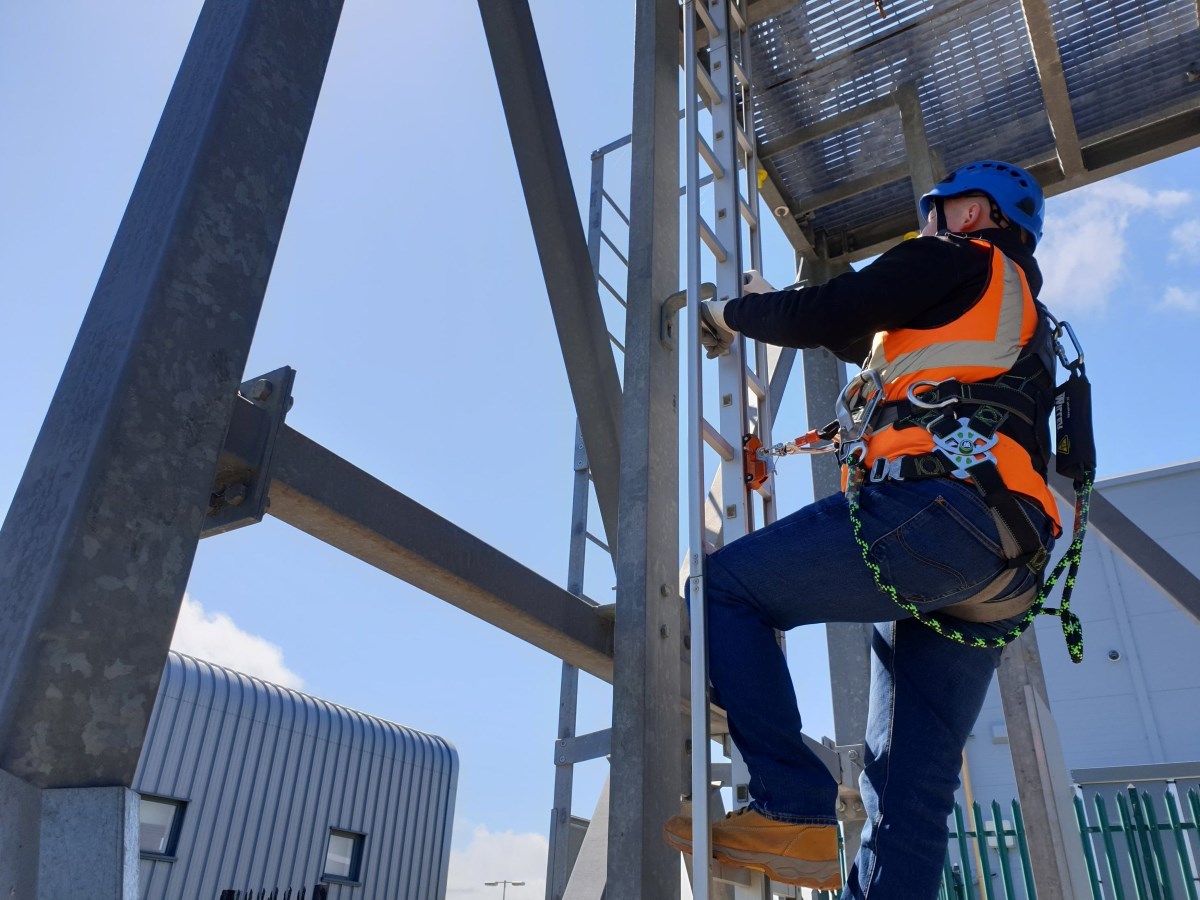
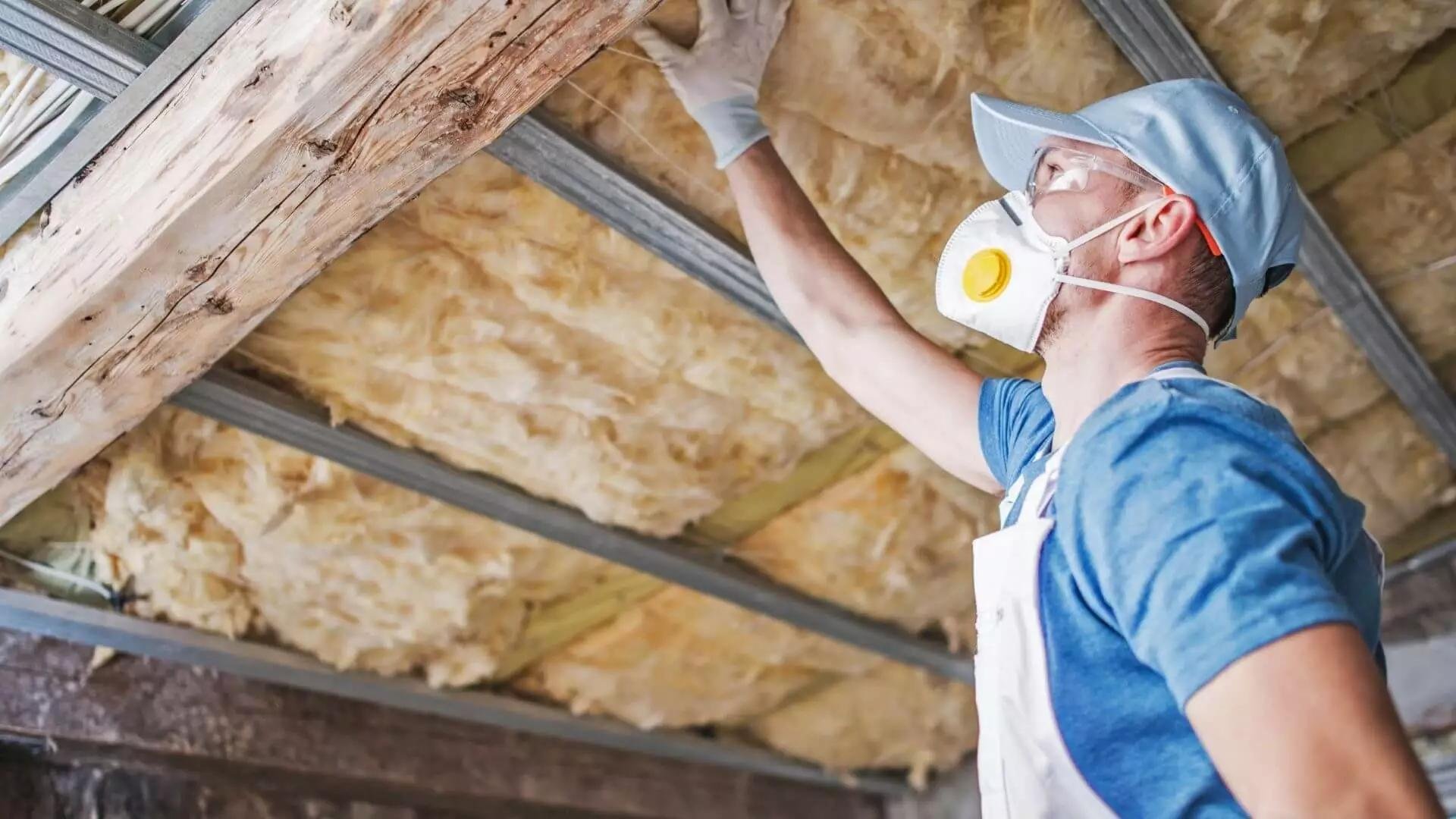
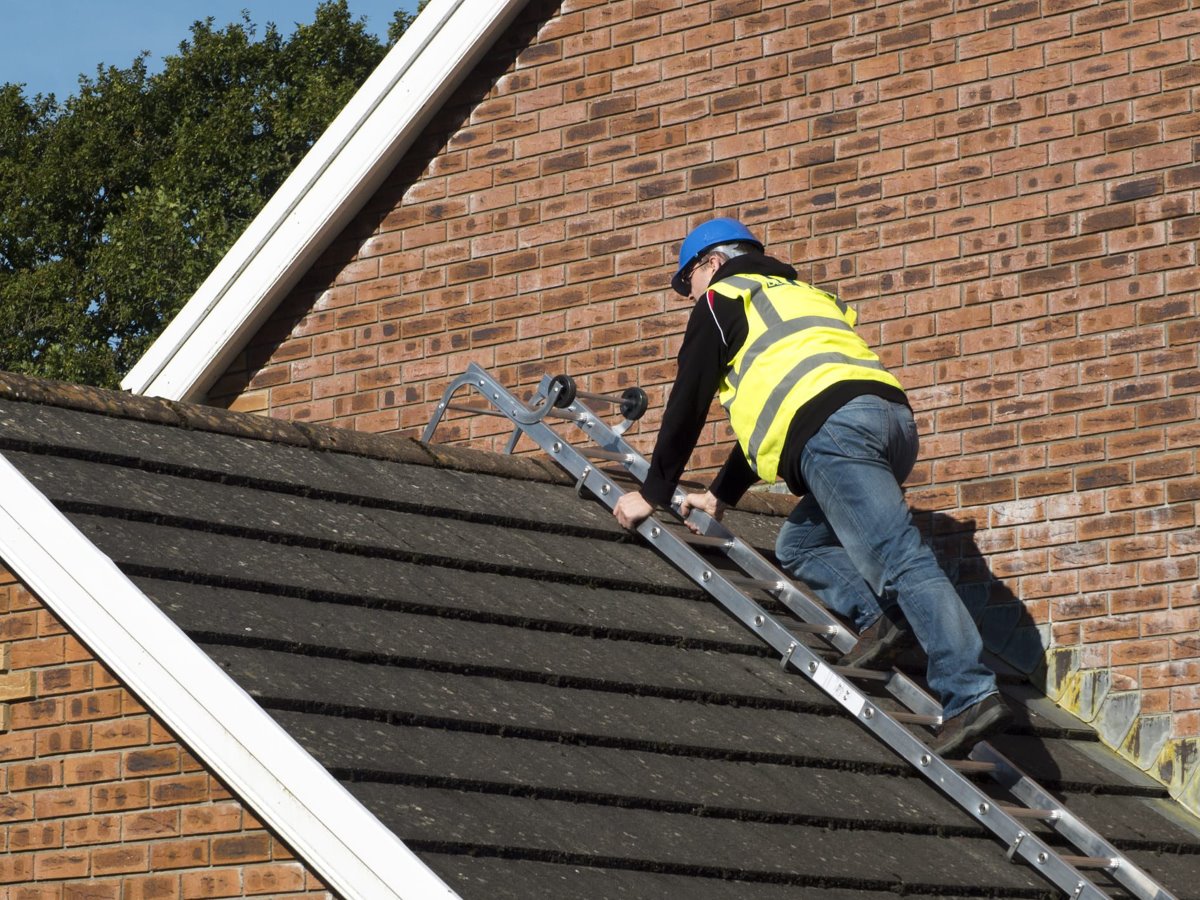
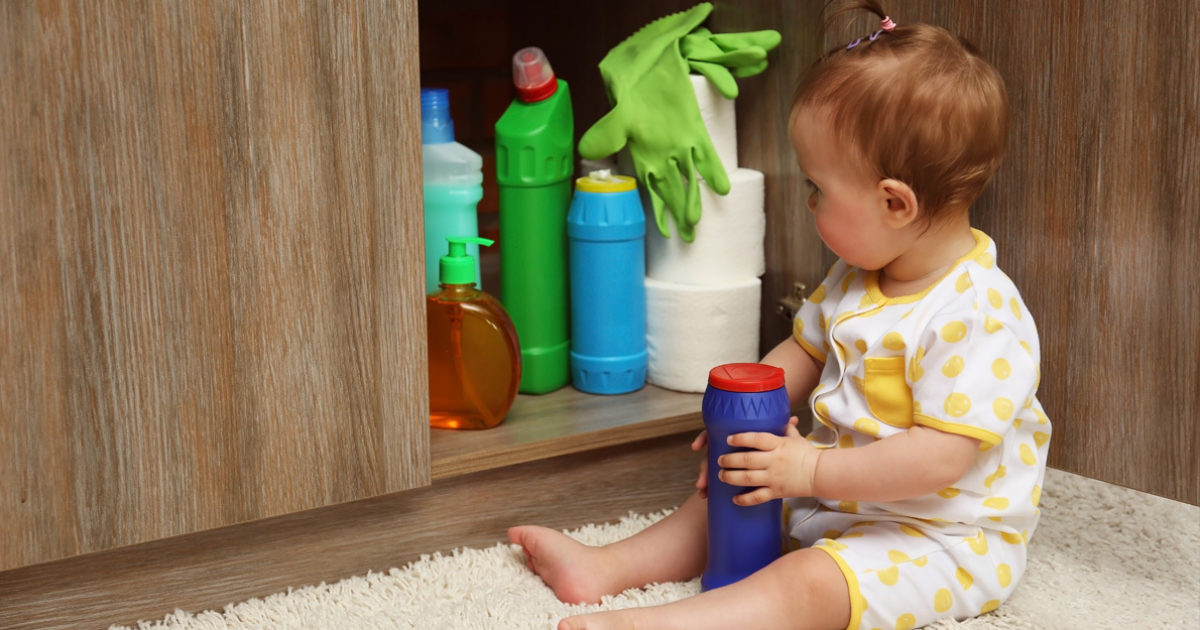
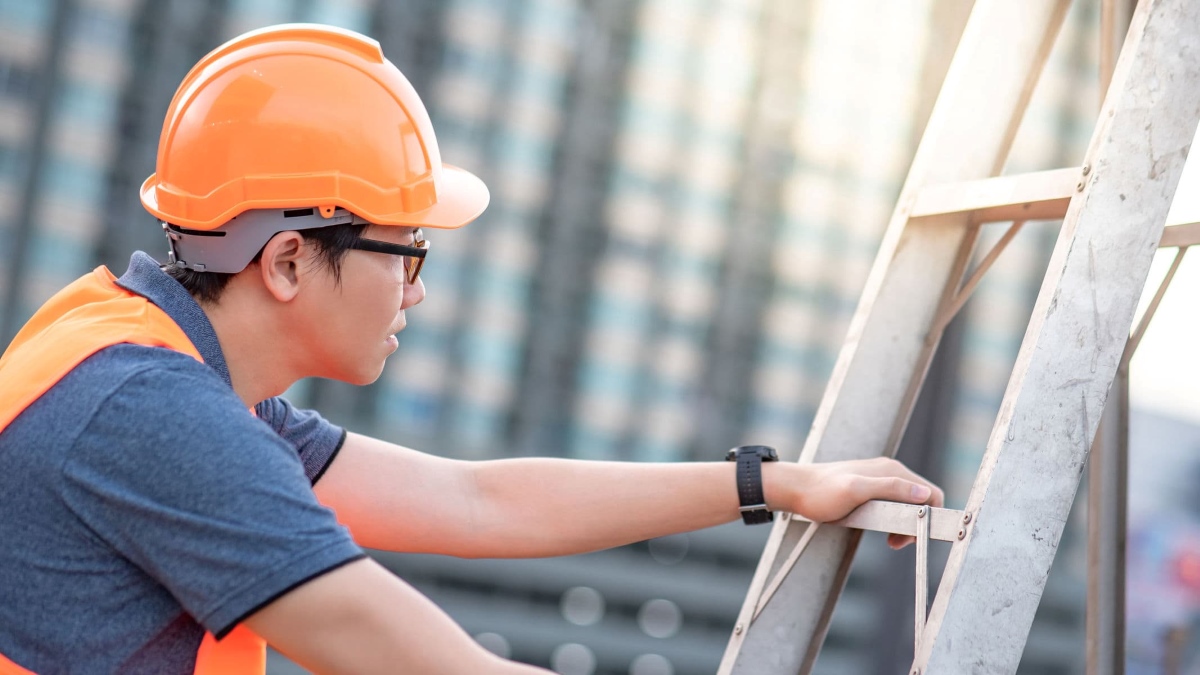
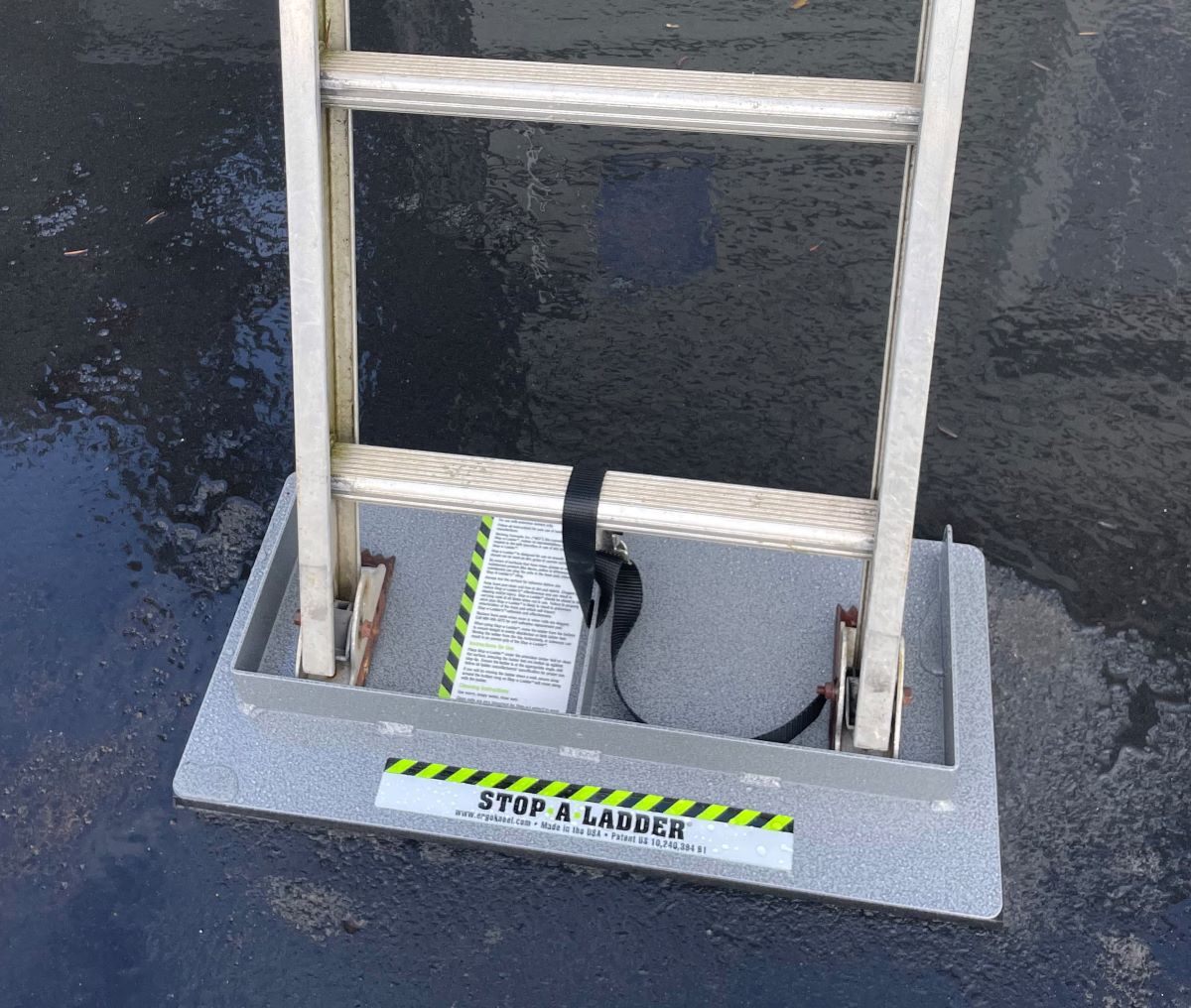
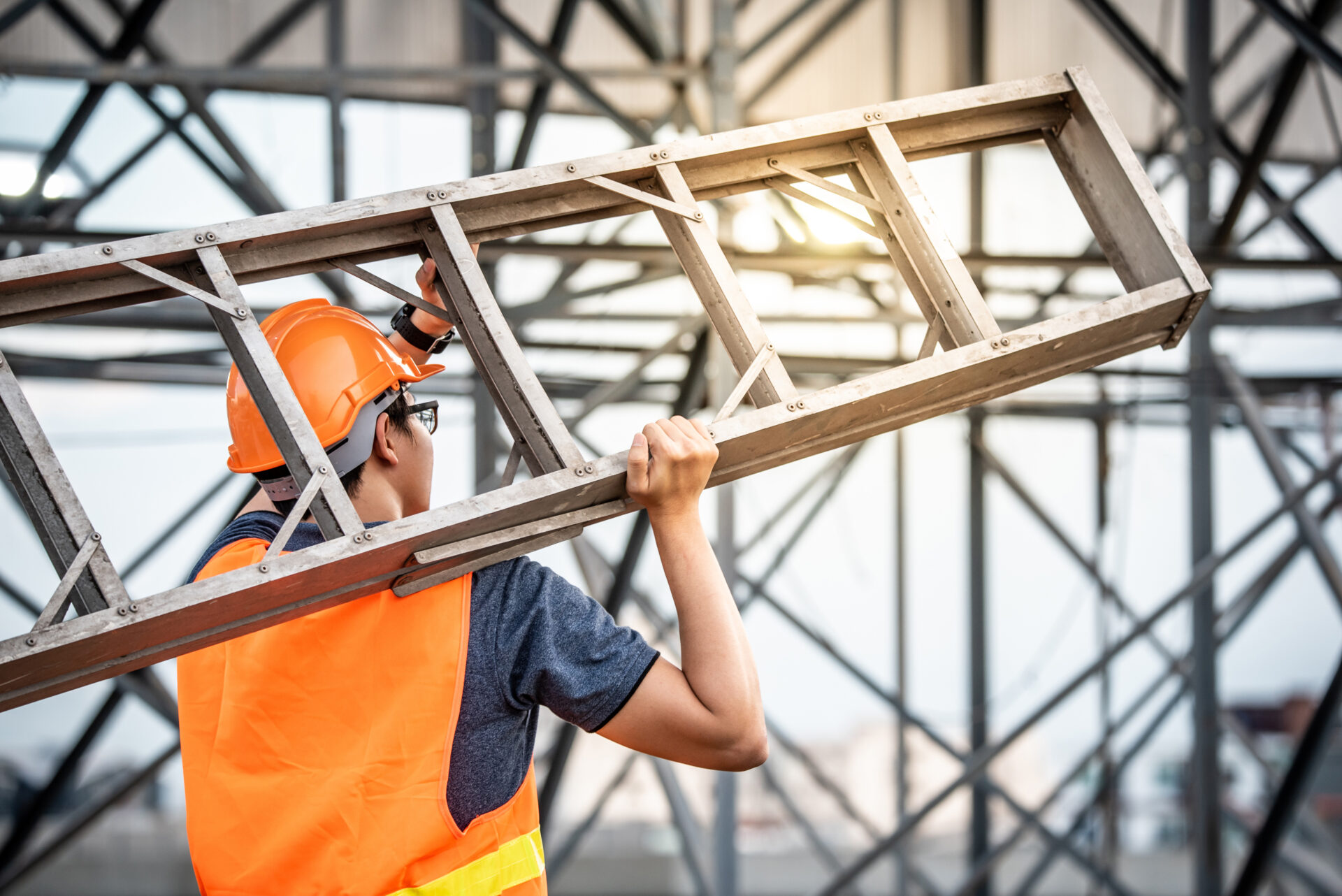
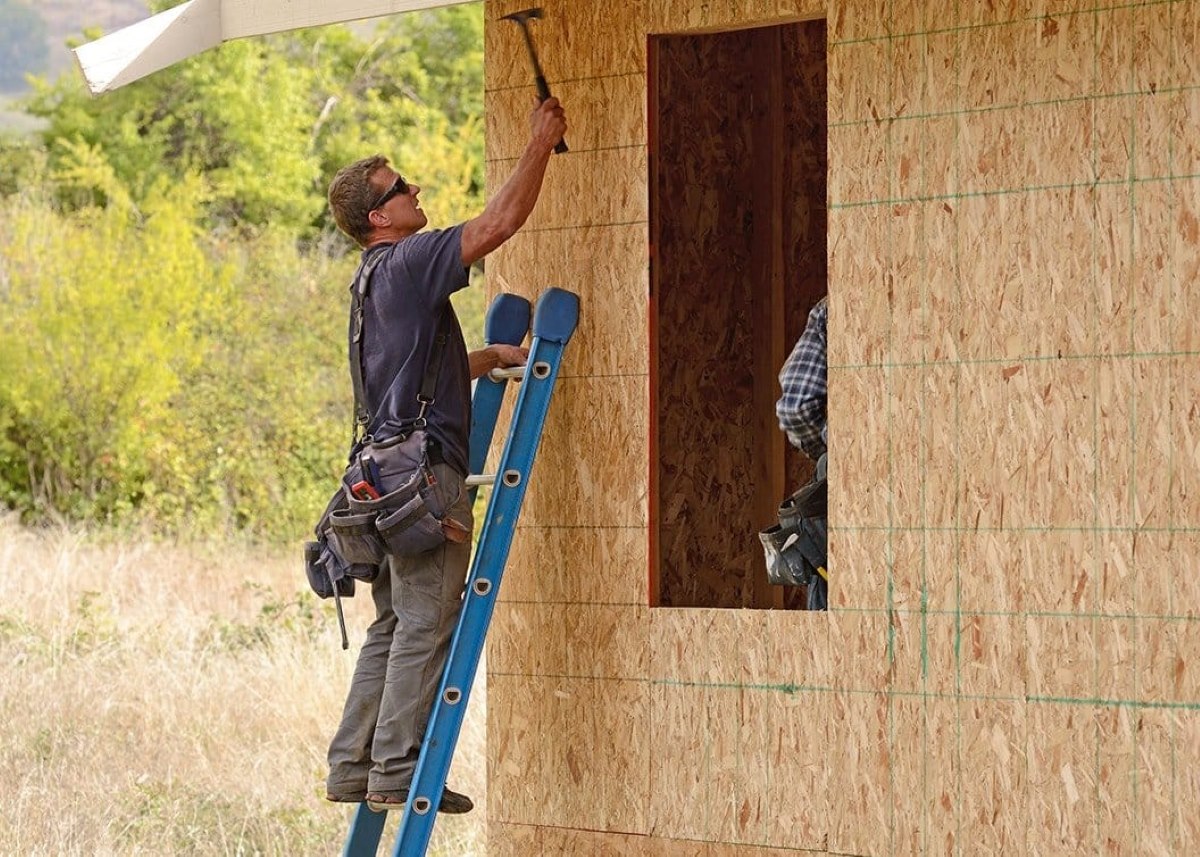
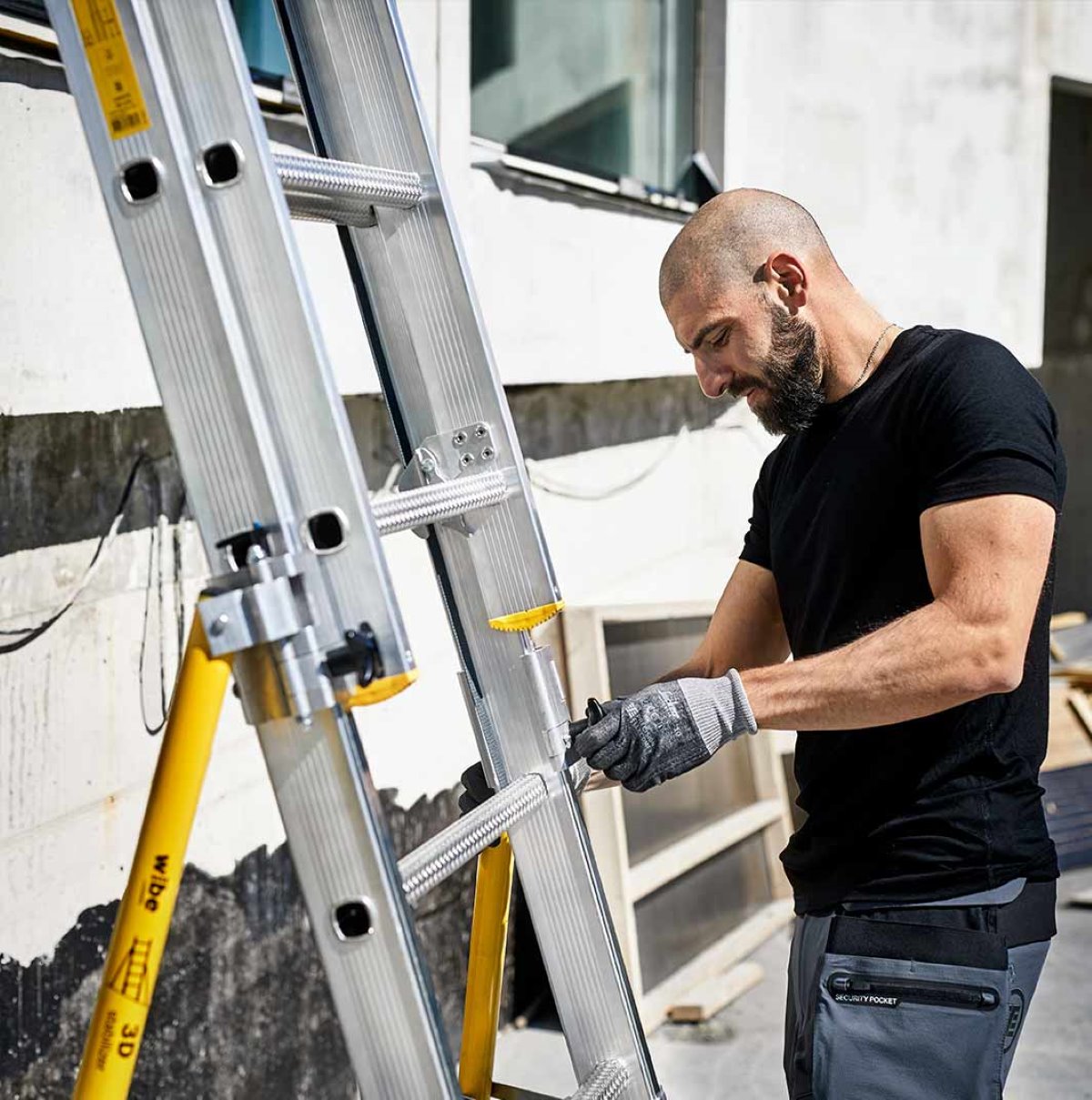
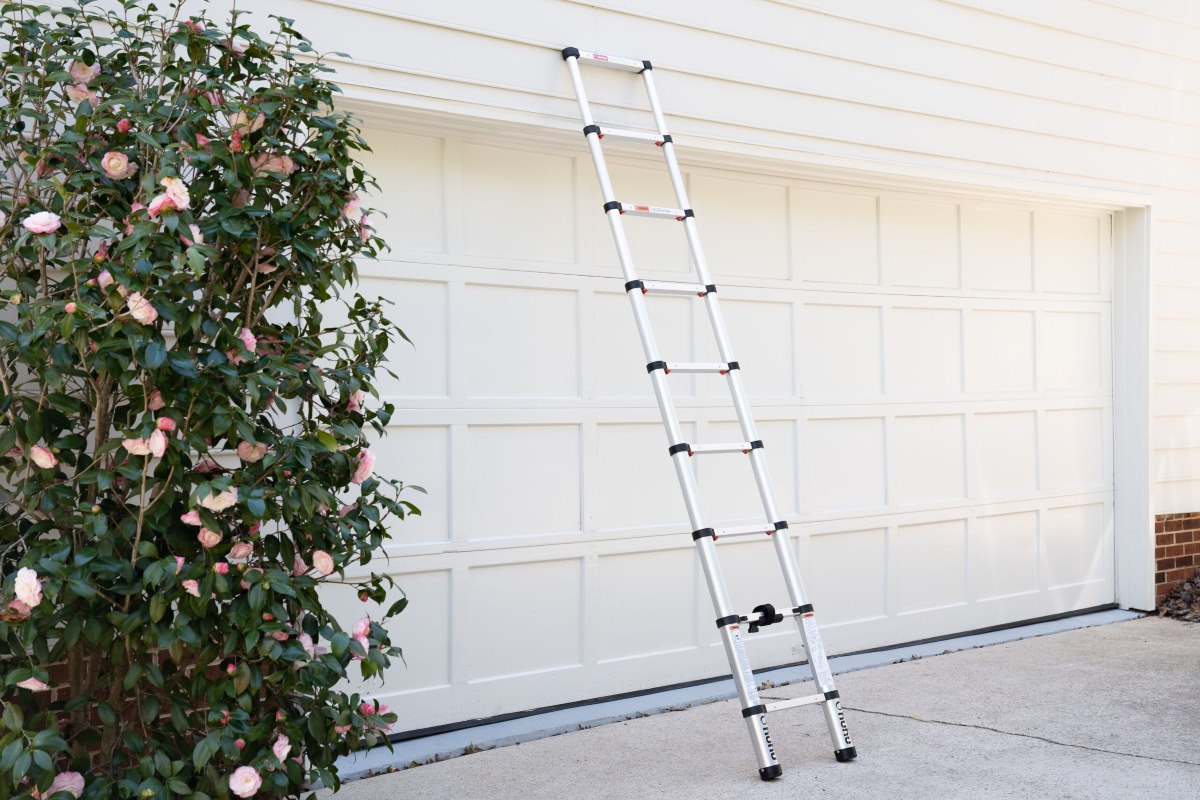
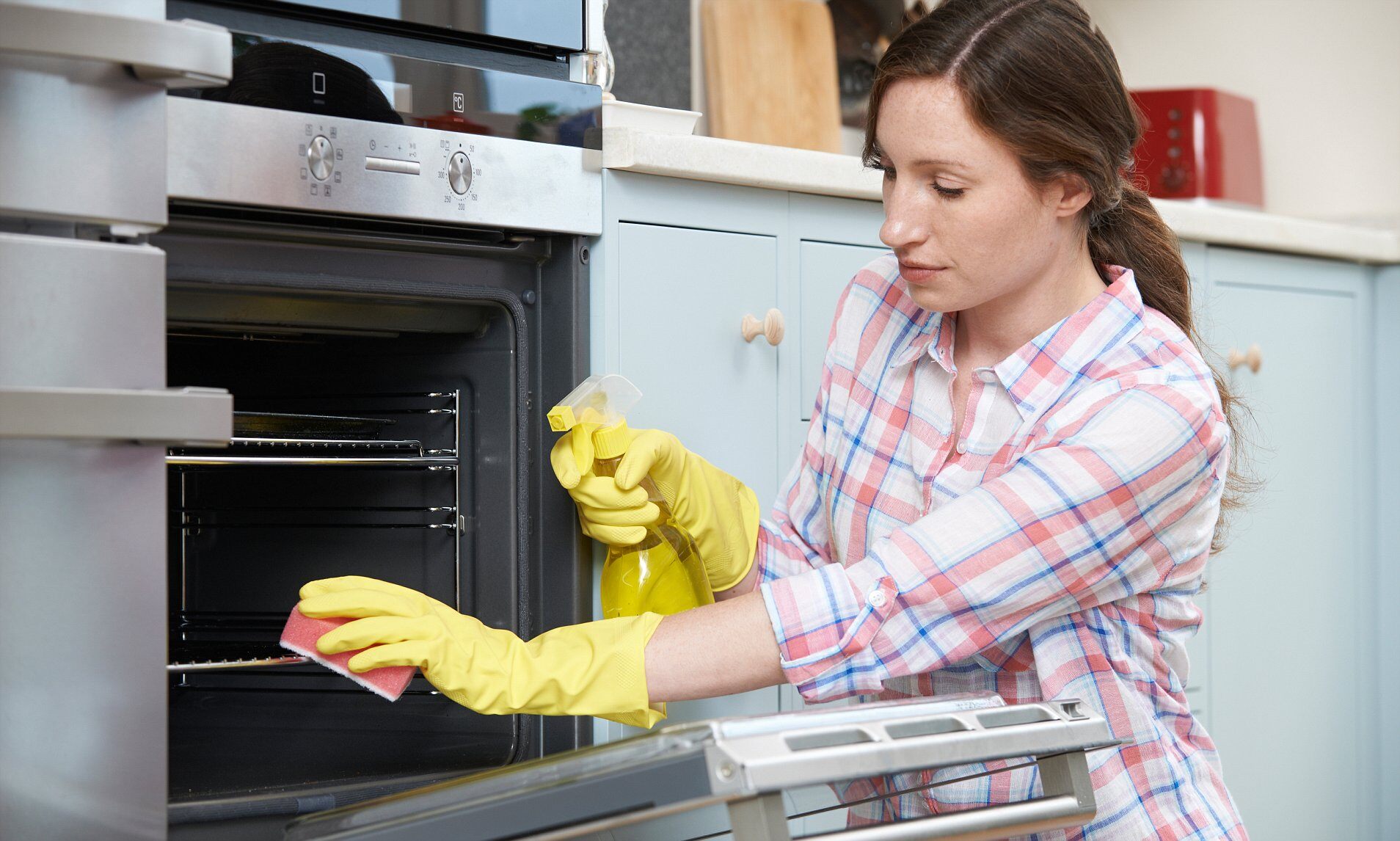

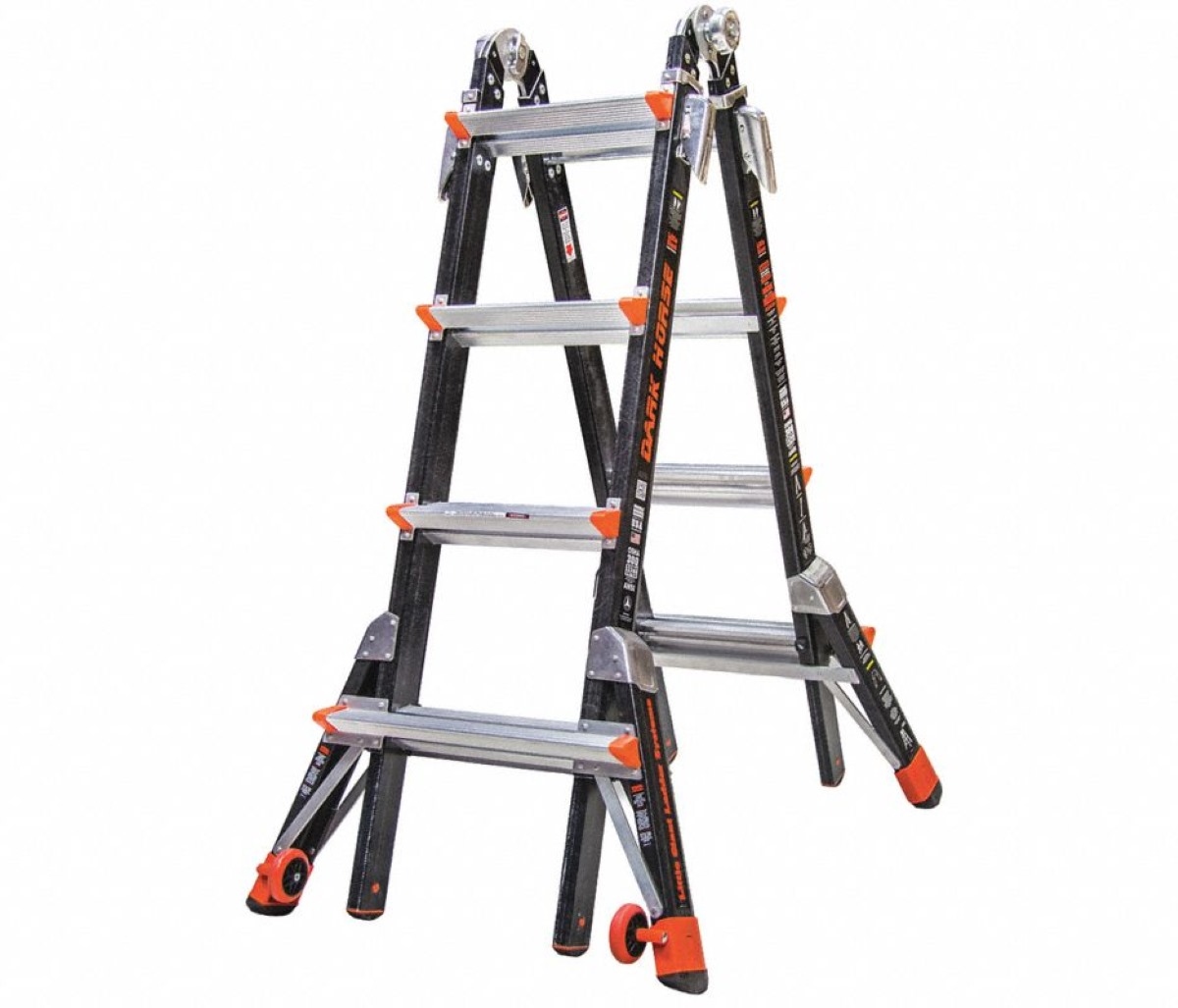
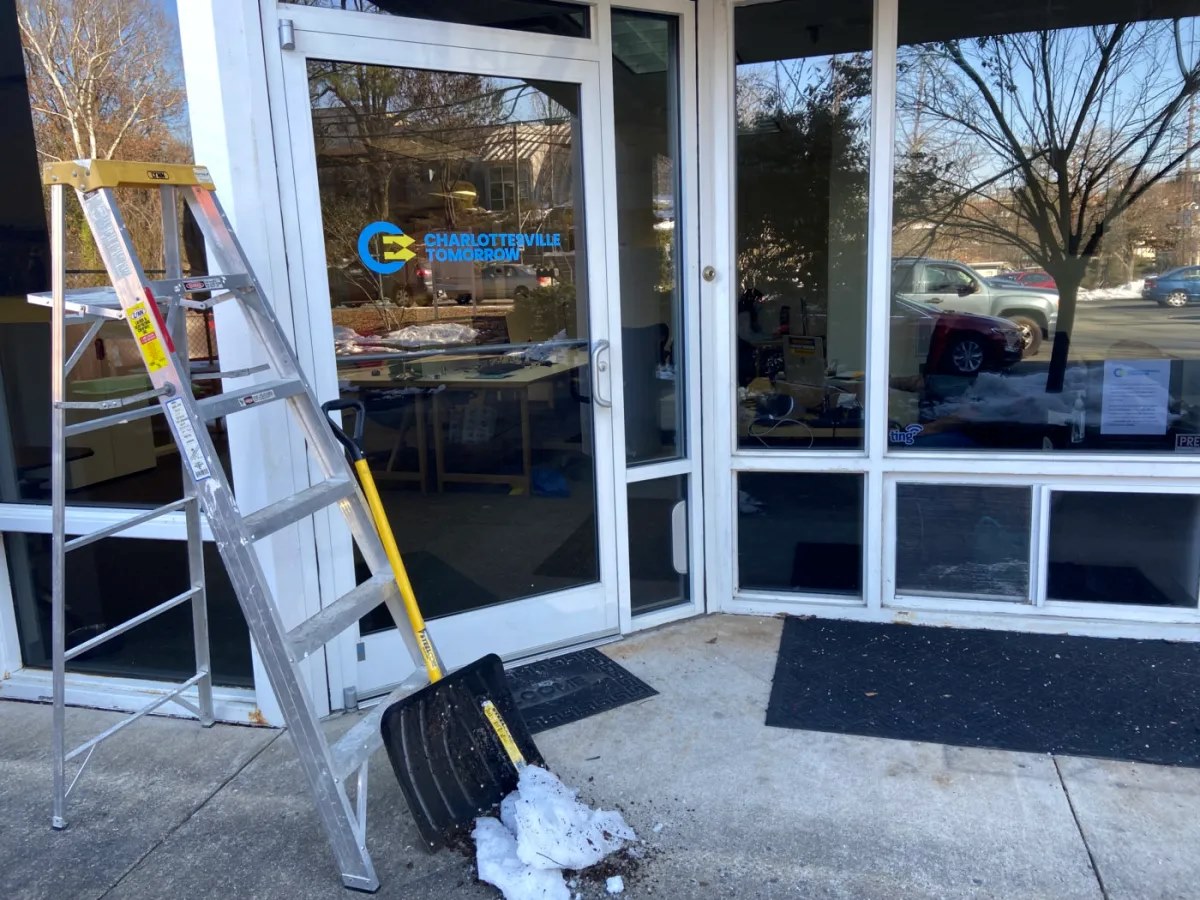
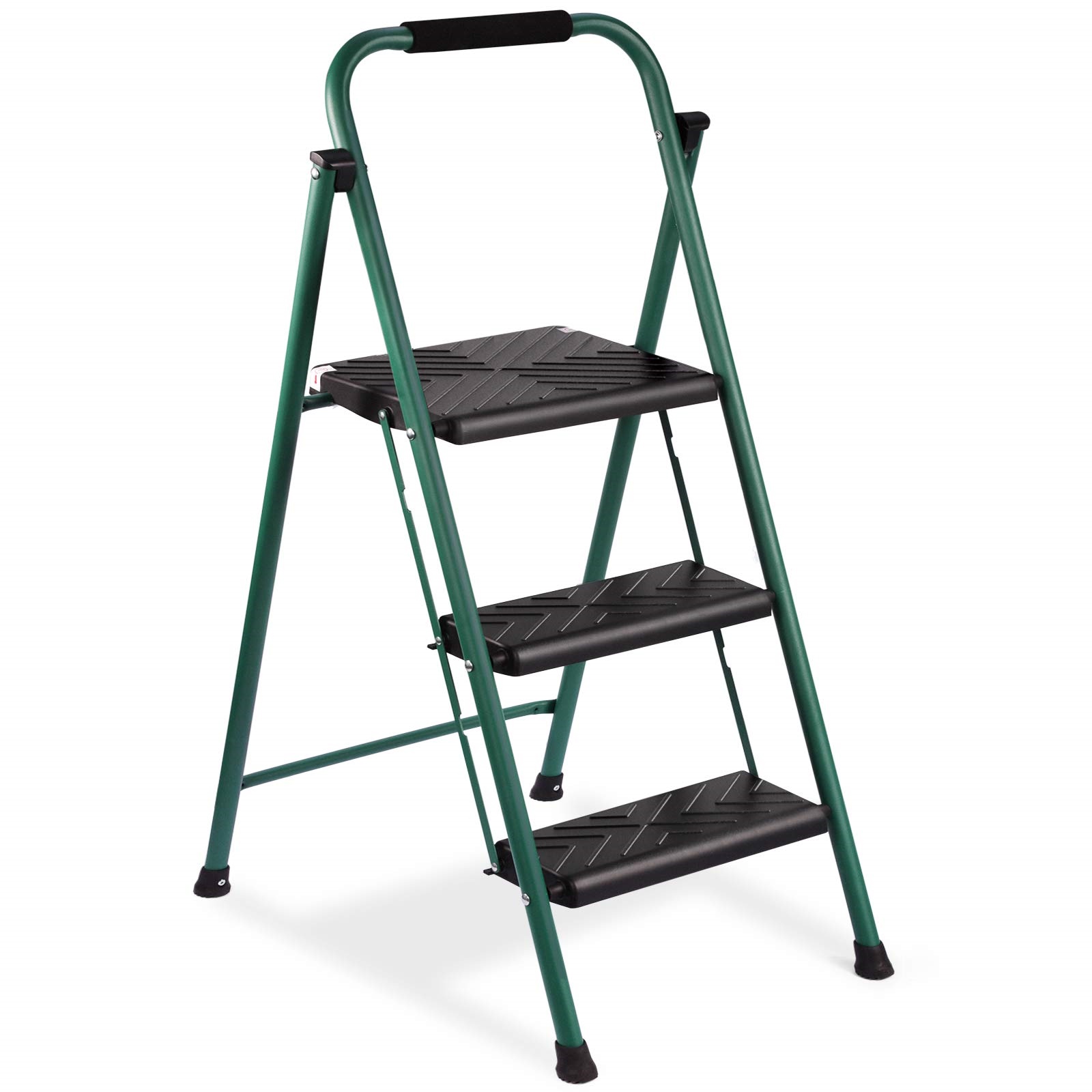

0 thoughts on “3 Home Ladder Safety Tips To Keep You Injury-Free This Fall”